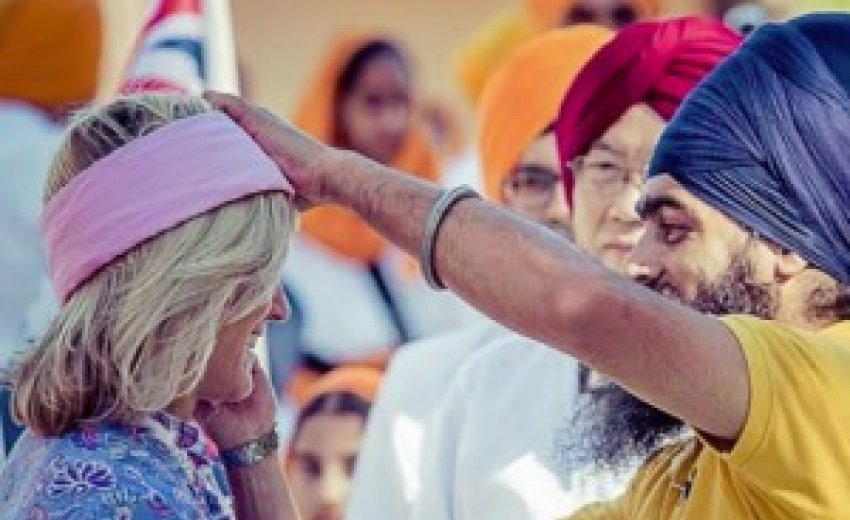The recent opening of a heritage trail in WA is a welcome attempt by the Sikh community to make its history in this country become better known. NAMITA GOHIL reports
March 11, 2016: While memories of the early Sikhs in Australia have slowly faded over time, in recent years their history and legacy have finally begun to be recognised. Their contribution as peddlers across the country in the late 1800s is now well known.
The opening of the Australian Sikh Heritage Trail this month is another step in making wider Australian society become aware of the history of Sikhs in this country.
Nestled in the heart of Australia’s unique bush land, the trail was inaugurated by the non-profit organisation Australian Sikh Heritage, developed to commemorate and inform the wider public about Sikh contributions in Australia over the past 150 years.
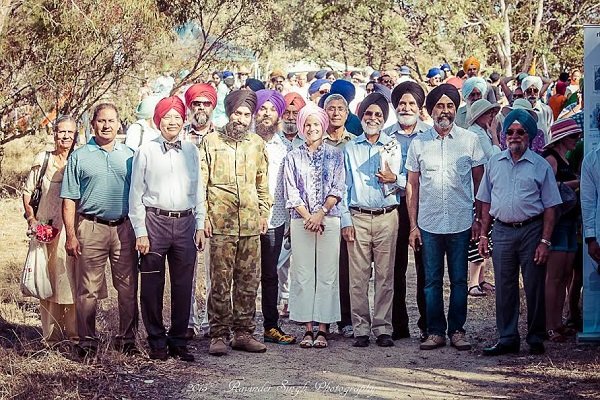
Over 500 people attended the trail’s opening, where many wore a turban as an expression of solidarity with the Sikh community on Saturday, 5 March. This date was specifically chosen for the opening to pay homage to Manmohan Singh, a Sikh pilot of the Royal Indian Air Force Flying Officer who died during the Japanese attack in Broome on 3 March 1942. He was also the first Indian casualty in Australia.
The Australian Sikh Heritage organisation decided to develop the trail in Adenia Reserve, as after the illegality of cremations was outlawed in 1929, the first Sikh cremations took place in this area. While the trail is still in the developmental phase, Australian Sikh Heritage hopes that by 2017, interpretational plaques will be permanently placed.
The plaques will include information about Sikh soldiers, industrial and agricultural workers, and the historicity of the community in general.
Tarun Singh, who is the co-founder of the Australian Sikh Heritage, said that the volunteers of the organisation had a burning desire to share their cultural history with the rest of the Indian and Australian communities.
“Sikhs in those days were known for their perseverance,” Singh told Indian Link. “They weren’t allowed to bring their family and they lived isolated lives. They did not get citizenship either and struggled. We want the community to know how long the Indians have been here in Australia, and how they were here for the development of Australia, in the outback, this is Australian history. Indian history has not been researched thoroughly yet, and we started with the Sikh perspective from WA firstly as this is our home base.”

This passion spawned Tarun’s ingenious idea for creating a trail. Tarun fondly recalled the moment how six years ago he found a metal brass plaque. “It illustrated the contribution of Sikhs in the Central Australian outback along with and map of Punjab, and there was a name at the bottom – John Parker. I then searched online for his name and in the White Pages, and finally got in touch with him. He was the man who did most of the research on Sikhs, and he made the plaque himself in the late 1980s, out of 20kg of brass.”
The significance of John Parker is profound, as his work has become the foundation to rebuild a way in which Sikh heritage can be both honoured and revived. “He is a man who is very important for us, and by finding this plaque which shows Sikhs working alongside the British in the outback, it triggered the idea of developing this trail. With Harjit [the other co-founder], we began researching more into the Sikh history and then decided to make the trail and plaque,” Tarun revealed.
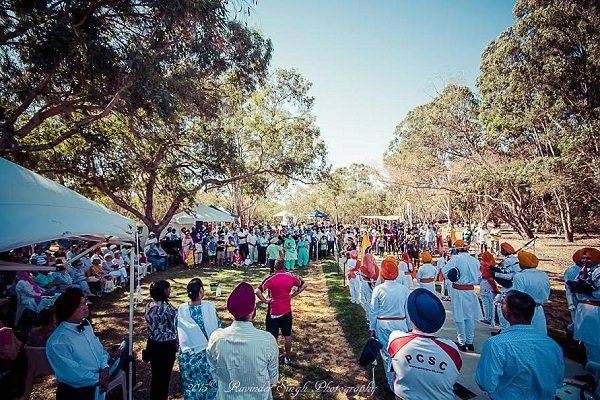
The City of Canning, Lotterywest, Sikh Association of WA Inc and Sikh Gurdwara Perth Inc also sponsored Tarun and Harjit’s venture for acquiring the trail’s land.
Parvinder Singh, president of the Sikh Association of WA, said that they wanted to provide support for the construction of the trail as a duty to their culture, especially since it will be forever imprinted for future generations to see. He described, “Helping with the development of the trail is a part of our community service and we want to help preserve and revive our culture. The trail will become a landmark and remain permanently. We are acknowledging all Sikhs, whether they were farm workers, community leaders, soldiers or service providers: they have all helped the community establish themselves.”
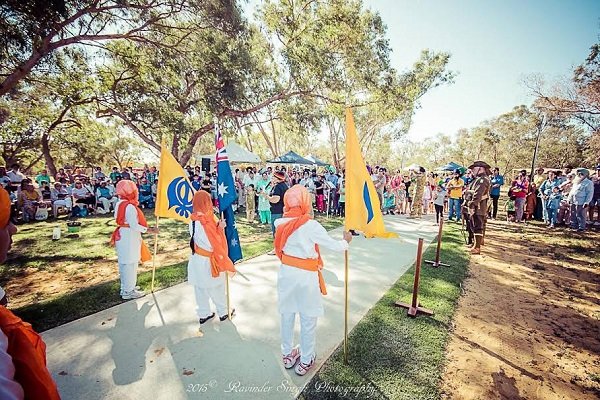
The ability of the Sikh community to spread awareness of their history largely comes down to education. Dalwinder Singh, a volunteer for the Australian Sikh Heritage, believes that school education about migrant history in Australia is crucial, and hopes that the development of the trail can encourage the state government to add more content to the school curriculum.
Singh explained, “We just want to remember and pass on the history, and that it is not just a local thing. It is about the Sikhs living in Western Australia and getting together while lobbying education departments to add into history into the WA educational curriculum. We want to bridge the Australian community with the Sikhs.” At present, the current educational curriculum for primary and secondary students on migrant history is limited, only briefly touching upon the contributions of minority groups in Australia.
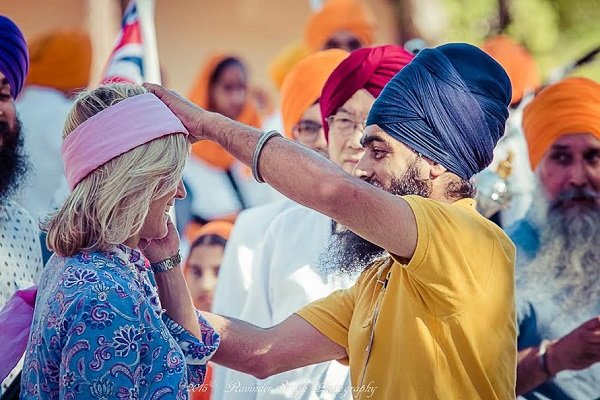
The other way the Sikhs in Western Australia hope to promote the trail is through social media and photography. Ravinder Singh, who was the photographer for the trail’s opening, said that by using digital media platforms it is far easier to reach international audiences as the Internet functions as a global outlet, accessible by anyone in the world.
Singh said, “I am a Sikh. I particularly enjoyed capturing the men in old army uniforms (who right now are all in the army reserve) and the Australian war memory history, because it shows a Sikh and Anglo-Australian in the same historical Australian solider uniform, which shows the real history, and showing similarity can sometimes not be expressed in words. As a photographer, I can post my albums on Facebook and hope everyone shares it. The younger generations just aren’t aware. We need media to reach more people about the history, as the trail is not just about Sikh heritage but Indian heritage as we are all part of the same country.”
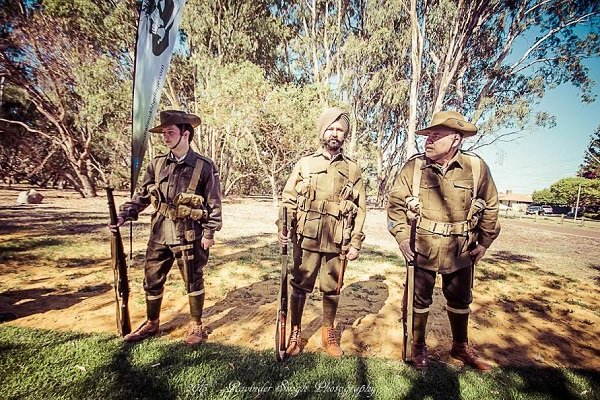
Ultimately, the trail not only remembers the arduous efforts and contributions of the early Sikhs in Australia, but also, serves as one of the major gateways to eternally showcasing the rich history of Indians in Australia.

